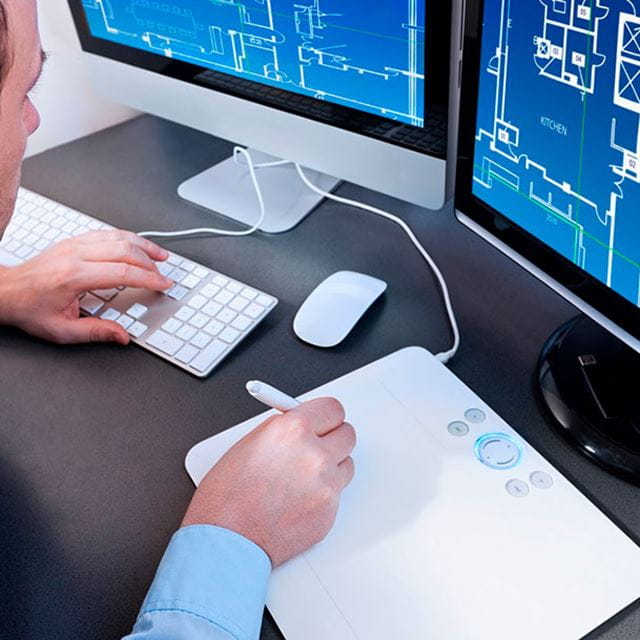Design Tools at Chromalox

Design Guides
When specifying a project, large or small, our design guides will help you to determine exactly which products you need. The guides will take you through each calculation, and include handy tips for reducing manufacturing costs.
Design Guidelines
BIM Object Library
BIM Objects for Commercial and Industrial Heat Tracing Controls and Components.
BIM Object Library
Software Design Tools
Install our easy-to-use software on your desktop for quick access to product monitoring, specifying, and temperature control process set-up.
Software
Calculators for thermal applications
Whether you are trying to calculate the power required to raise steam, your annual carbon emissions or simply determine voltage, resistance or current, we have a calculator to support your needs.
Calculators
